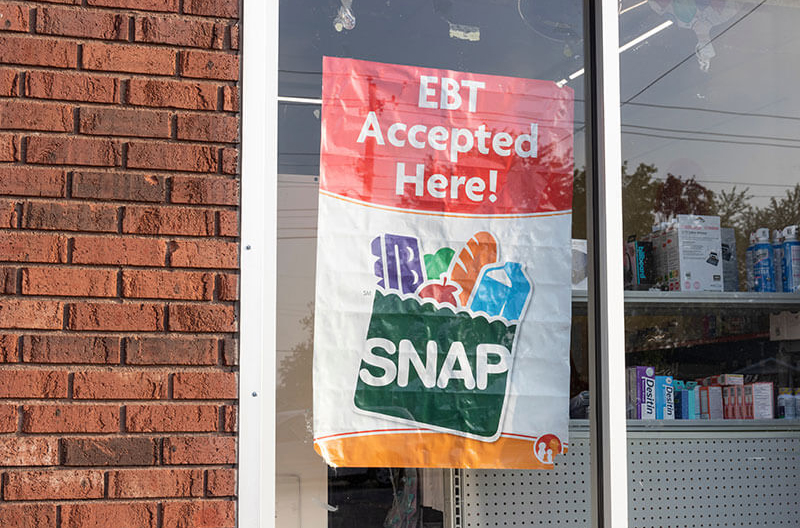by Pat Jones / Project Coordinator, NGAF TA Center
The National Grocers Association Foundation Technical Assistance Center (NGAF TA Center) and the SNAP EBT Modernization Technical Assistance Center (SEMTAC, also administered by the NGA Foundation), partnered with Miriam Seidel, a food systems and nutrition expert, to host a recent webinar, “The Evolving Landscape of SNAP.”
The focus was to highlight the evolving nature of the Supplemental Nutrition Assistance Program and dispelling misconceptions about the program. By gaining insights into the average SNAP shopper, retailers can better understand their customer base and enhance their ability to serve SNAP customers.
Here are some key takeaways from the discussion:
The SNAP program has come a long way since its inauguration in 1939 as part of the agriculture portfolio. The program has continued to evolve throughout the years from being a city/county-based program to a nationwide federal benefit. There are basic rules that qualify households for SNAP eligibility. The USDA Food and Nutrition Service is the oversight agency for SNAP, while states run day-to-day operations. Today, 255,000 stores accept SNAP EBT.
Amount of SNAP benefits Issued today: Monthly, $8.8 billion; annually, $114 billion.
Total participation in SNAP: Individuals, 41.6 million; households, 21.9 million.
The SNAP EBT Modernization Technical Assistance Center will be launched in the near future. This SNAP Online Technical Assistance Center will work with FNS to provide technical assistance to retailers who are interested in being onboarded in the SNAP Online Program. The Technical Assistance Center will be a website embedded on the NGAF site that provides resources in the form of FAQs, other reference documents, visuals and one-on-one conversations with subject matter experts to make the onboarding process with FNS less intimidating. The center will work with retailers who already have online stores; brick and mortar retailers looking to open online stores; and other state entities, new e-commerce and third-party processors.
The SNAP shopper may look and behave differently than you’d expect. Forty-one million people participated in SNAP in 2022 (one in eight people in the U.S.) and close to two-thirds were children, elderly or the disabled. Only 42 percent of elderly people eligible for SNAP participate. Most SNAP households have working adults. Most adults who participated in SNAP during a 39-month period did so for less than 24 months. SNAP decreases food insecurity by 30 percent and consequently seems to improve health in SNAP recipients compared to non-SNAP recipients who are income eligible for SNAP.
SNAP is a win-win-win. It helps farmers, retail operators and the recipients.
To view a recording of the complete webinar, visit https://attendee.gotowebinar.com/recording/7875874788874430895.
For more information, contact the NGAF TA Center team at [email protected].
The NGAF TA Center addresses the challenges grocers and supermarket operators face in establishing nutrition incentive programs and is a proud partner of the Nutrition Incentive Hub. The Nutrition Incentive Hub, funded through a cooperative agreement from the United States Department of Agriculture, National Institute of Food and Agriculture, is a new resource that provides training, technical assistance, reporting and evaluation for those working to launch or expand SNAP incentives or produce prescription programs.
The Nutrition Incentive Hub is led by Gretchen Swanson Center for Nutrition in partnership with Fair Food Network, along with a coalition of evaluators, researchers, practitioners, and grocery and farmers market experts from across the country dedicated to strengthening and uniting the best thinking in the field to increase access to affordable, healthy food to those who need it most.

